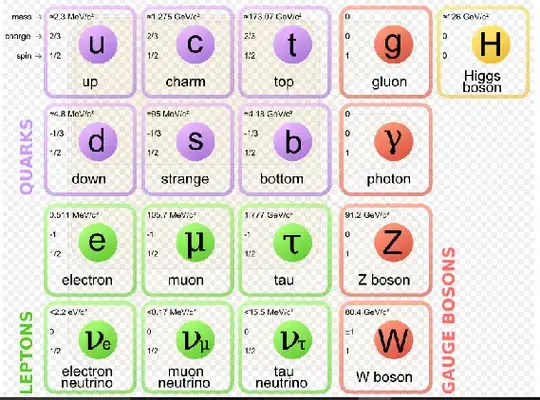In the standard model, electrons, muons and taus are elementary particles i.e. they aren't composed of more fundamental particles. But after watching this YouTube video animated by an actual scientist, several statements are made starting at 9'20", which don't entirely mesh with my current understanding of the standard model. From what I understand, the host says:
- A particle "has" 2 kinds of mass: the gravitational mass acquired through gravitational interactions with matter and the inertial mass acquired through interactions with the Higgs fields.
- Elementary particles don't have any inertial mass. That's why they don't experience time and can move at the speed of light.
- Particles that can decay or oscillate between states e.g. electron's chirality flip are composite particles.
- A massive electron is actually composed of a left-handed electron and a right-handed anti-positron, which are both massless on their own and so are the real elementary particles.
My conclusion here is that muons and taus, which can decay, also aren't elementary particles.
Although he didn't mention it, I'm pretty sure he's not talking about the standard model. So about which model is he talking about? Or am I missing something and I misunderstood everything?
The YouTube video is from the PBS Space Time channel and is titled "The Origin of Matter and Time", released 27 Jan 2016. Its host is Matt O'Dowd, an astrophysicist.
